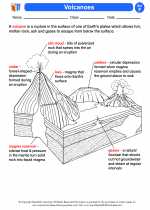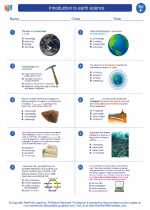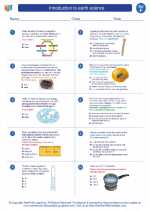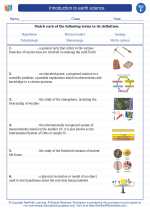Skeletal System
The skeletal system is the framework of bones and cartilage that provides support to the body, protects vital organs, and allows for movement. It is made up of 206 bones in adults.
Functions of the Skeletal System
- Support: It provides a framework for the body, supporting muscles and tissues.
- Protection: It protects vital organs such as the brain, heart, and lungs.
- Movement: It allows for movement by providing attachment points for muscles.
- Production of blood cells: The marrow inside the bones produces blood cells.
- Storage of minerals: Bones store minerals such as calcium and phosphorus.
Main Components of the Skeletal System
- Bones: The hard, dense tissue that forms the skeleton.
- Cartilage: Flexible connective tissue found in areas such as the nose, ears, and joints.
- Joints: The place where two or more bones meet, allowing for movement.
Types of Bones
- Long bones: Found in the arms, legs, and fingers. They provide support and allow for movement.
- Short bones: Found in the wrists and ankles. They provide stability and support weight.
- Flat bones: Found in the skull, ribs, and shoulder blades. They protect internal organs and provide attachment points for muscles.
- Irregular bones: Found in the spine and face. They have complex shapes and provide support and protection.
Common Skeletal System Disorders
- Osteoporosis: A condition characterized by weakened and brittle bones, often due to loss of bone density.
- Scoliosis: An abnormal curvature of the spine, which can affect posture and movement.
- Arthritis: Inflammation of the joints, leading to pain and decreased range of motion.
Study Tips
.◂Science Worksheets and Study Guides Sixth Grade. Introduction to earth science
Study Guide Introduction to earth science
Introduction to earth science  Activity Lesson
Activity Lesson Volcanoes
Volcanoes  Worksheet/Answer key
Worksheet/Answer key Introduction to earth science
Introduction to earth science  Worksheet/Answer key
Worksheet/Answer key Introduction to earth science
Introduction to earth science  Worksheet/Answer key
Worksheet/Answer key Introduction to earth science
Introduction to earth science  Vocabulary/Answer key
Vocabulary/Answer key Introduction to earth science
Introduction to earth science  Vocabulary/Answer key
Vocabulary/Answer key Introduction to earth science
Introduction to earth science 

 Activity Lesson
Activity Lesson
 Worksheet/Answer key
Worksheet/Answer key
 Worksheet/Answer key
Worksheet/Answer key
 Worksheet/Answer key
Worksheet/Answer key
 Vocabulary/Answer key
Vocabulary/Answer key
 Vocabulary/Answer key
Vocabulary/Answer key

The resources above cover the following skills:
EARTH AND SPACE SCIENCE